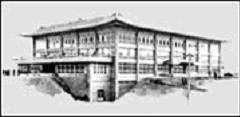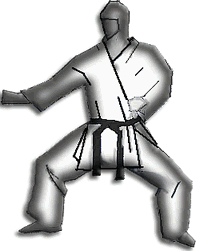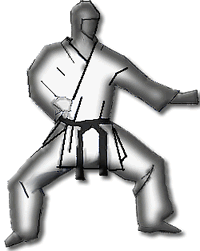
"WHERE CHAMPIONS ARE MADE"

The History of Taekwondo
TaeKwonDo is the name of the martial art that was created and developed in Korea over the course of more than 2,000 years. Its origin dates back to the early days of human existence on earth. No matter where they lived, people had to develop personal skills to fight in order to obtain food and defend themselves against enemies, including wild animals.
In 37 B.C., on the peninsula now known as Korea, the three kingdoms Koguryu, Paekche, and Silla had developed the skills and techniques of the martial art Tae Kyon, the predecessor of TaeKwonDo. The most outstanding contribution to the development of TaeKwonDo came from an elite officer corps called Hwa Rang Do--a military and social organization for noble youth. Through stringent training, the Hwa Rang produced courageous leaders. As Sill's elite warriors, they were taught martial arts and taught to act as models of cultured and chivalrous warriors. Hwa Rang means"Flower of Youth", the promise of the nation, the hope of the future. TaeKwonDo is the out-flowering of the Hwa Rang spirit.
The first martial art textbook was written in 1970 and was called Muye Dobo Tongji. Developed independently in Korea, TaeKwondo has in recent years become the most respected national sport in Korea and is now practiced in over 100 countries. In 1988 and 1992, TaeKwonDo was a demonstration sport at the Sumer International Olympic Games. TaeKwonDo was also part of the 1996 and 2000 Olympic Games; however, in Sydney, Australia in 2000 it became an official medal sport.
The present Kukkiwon was finished in 1972 and was used as the central gymnasium as well as the site of various Taekwondo competitions. A year later on May 28, 1973 the World Taekwondo Federation (WTF) came into existence. The first World Taekwondo Championships were also held in 1973. In 1980 the World Taekwondo Federation was granted recognition by the International Olympic Committe (IOC).



